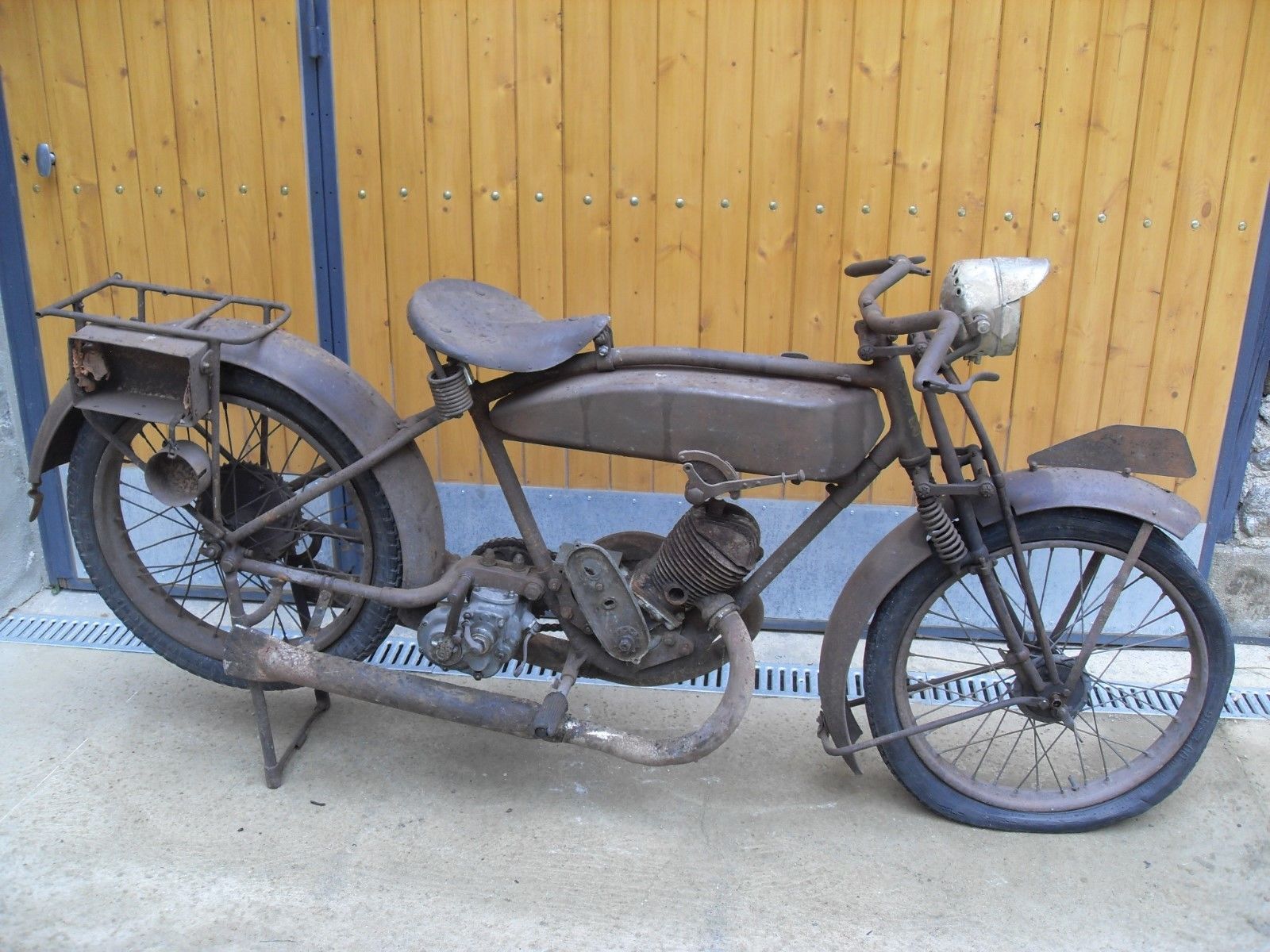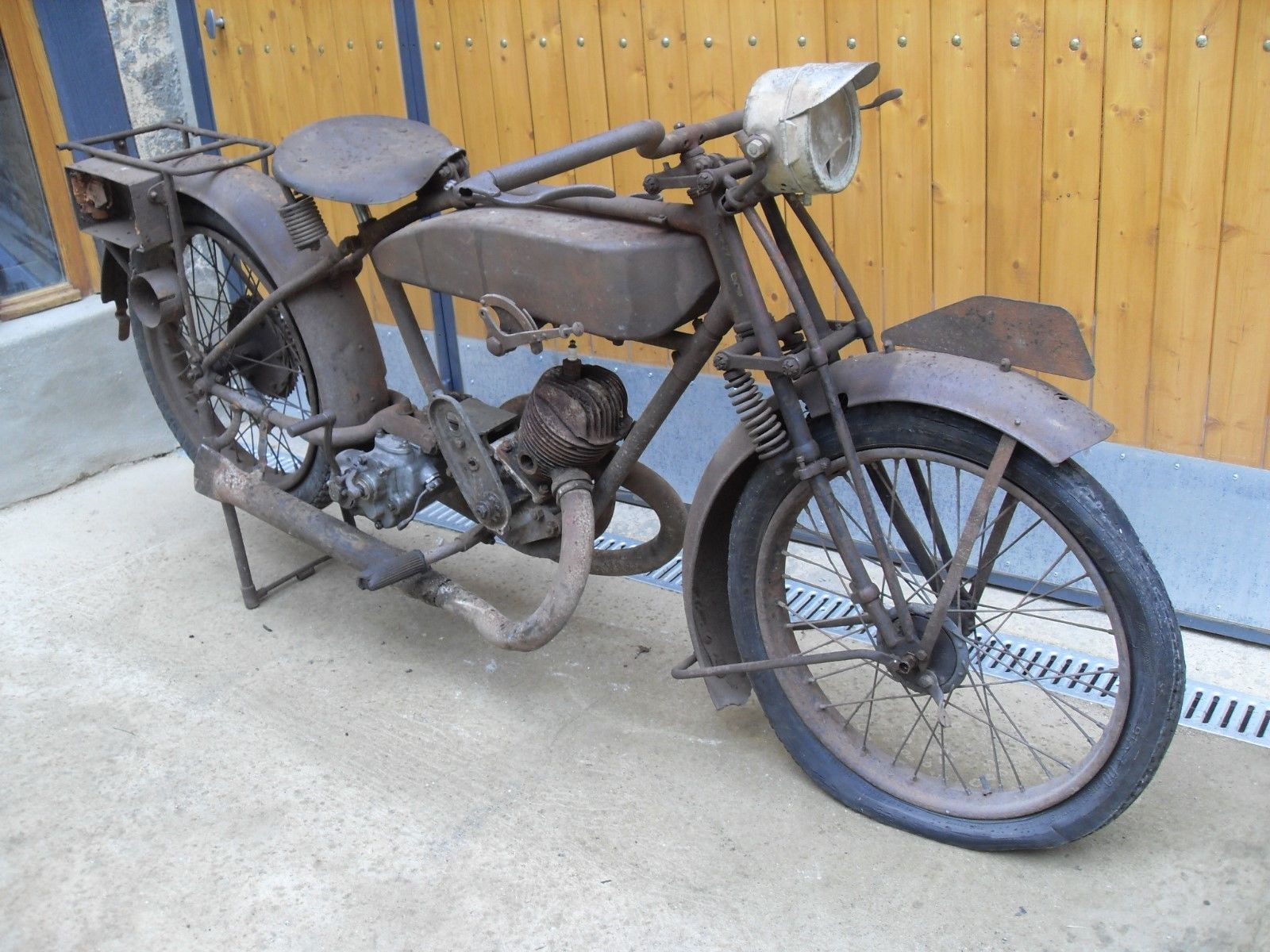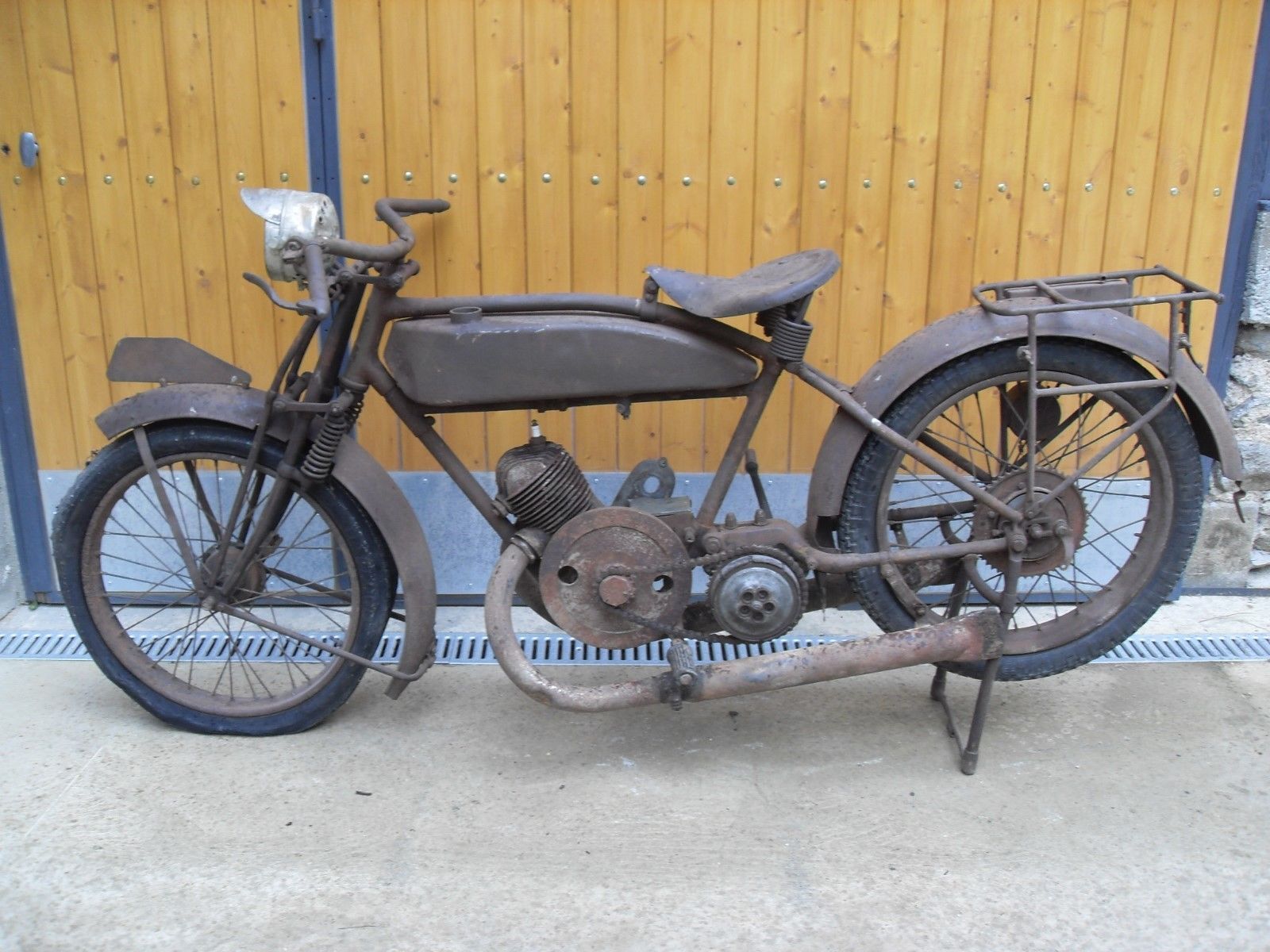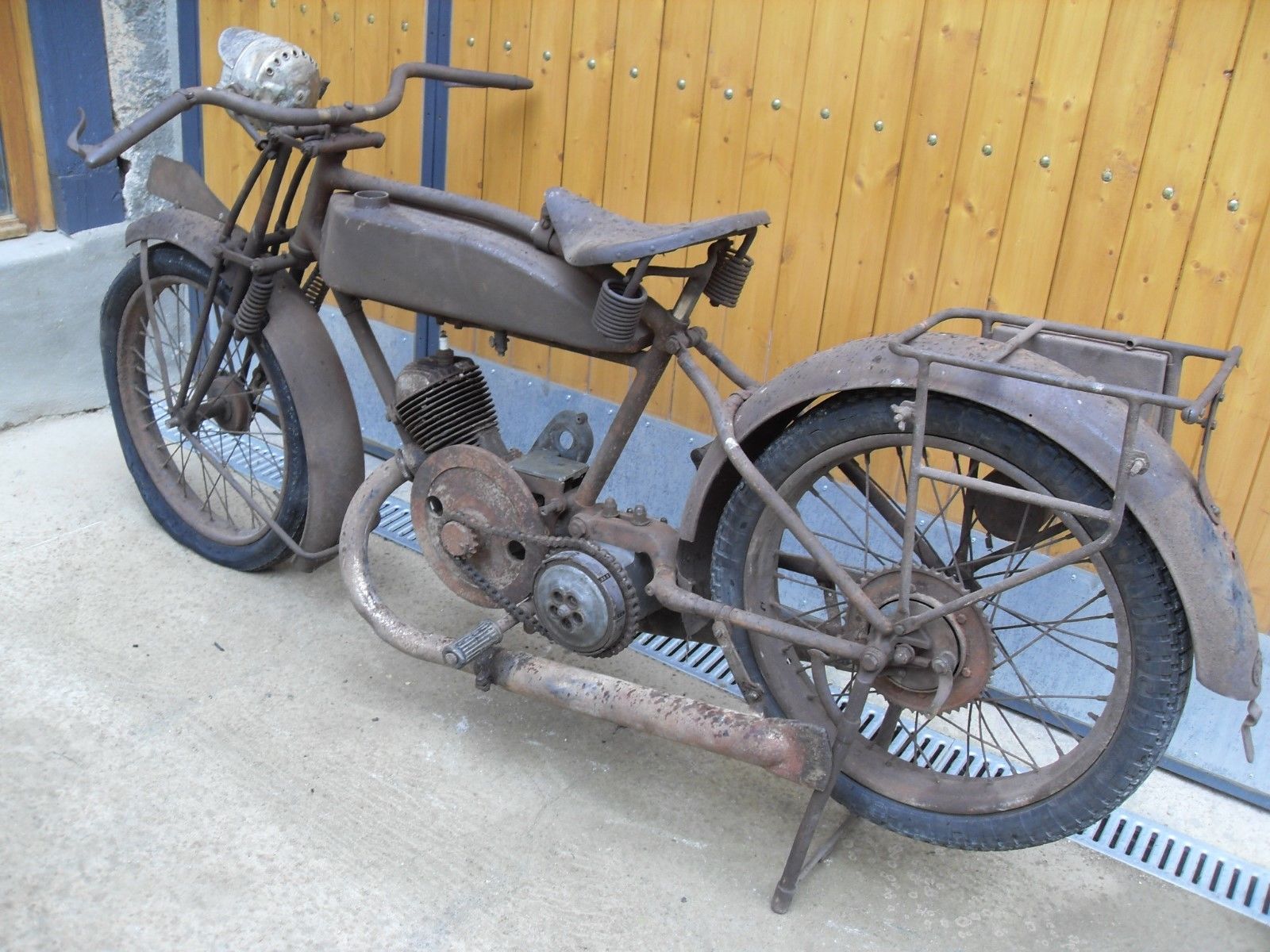19
« on: March 16, 2018, 11:46:23 AM »
You've kind of shot yourself in the foot here? If the crankcase is flooded you have an excess of petrol, therefore putting more petrol down the plug hole is putting you back to square one. If you plug is wet when you take it out then putting extra fuel into the equation is a non starter (pun intended!).
What you need to do is dry the engine out, hence the dozen kicks to blow the excess out of the plug hole. With the plug replaced you need to use no choke and a good twist of throttle to get extra air into the engine to offset the excess petrol. Putting a wet rag over the inlet is once again making things worse.
As already suggested any plug will work as a short term replacement just to get it started, I've even used long reach plugs in a short reach head half screwed in just to get it banging.
As already suggested using a battery coil will bypass 90% of the mag, the only parts still in use will be the points and condenser. Also a battery coil will give a much fatter spark at whatever speed the engine is turned over at.
If I was looking at this I would start by removing the points and have a look at the faces, anything less than perfect I would clean the faces with an oil stone, the wipe them with de-greaser. If the points faces are anything but a silver colour I would look at either oil contamination or a faulty condenser. You describe poor oil seals hence the possible oil contamination, I just put new bearings in one of my Bantams as the timing side main had play in it and was allowing oil to foul the points. Every ride I got about 10 miles before it started missing and I had to clean the points, this was more than just a wipe with a rag as the oil caused the points faces to burn.
If there's no oil there but the points faces are blue, purple or black (any slight discoloration) then the condenser has failed. Never assume that fitting a new condenser takes it out of the equation! I have a box of brand new in the packets condensers for various '70's - '80's cars and had to go through 6 before I found one that would hold a charge. They fail with age even still in their packages.
By using a battery coil with the points cleaned any ignition issues will be bypassed, as has already been suggested. Even if the condenser is shot the engine will still run until the points face gets burned, this is not the case using a magneto coil. Magnetos work differently and there needs to be a resonance between the coil and condenser during the spark to produce enough energy for a good bang.
A 6V or 12V coil wired independently from the bikes electrics (with clean points) will test the ignition for you. Use a suitable battery for the coil's voltage with the negative going to the engine as earth. The positive goes to one side of the coil and a wire from the other side of the coil goes to the points. For a short test it doesn't matter which way the positive and negative are wired to the coil.
So the points will have the coil wire and the condenser connected to them, now you will have a good spark to try with. I have played around with Bantams for years now and have found several magneto problems they suffer from, several of these faults will give a good spark but the engine won't start. Two of these are; the main shaft of the crank has turned slightly in the crank web (this is very common on Bantams) so now when the ignition is timed up the magnets in the magneto are not in the correct position to produce the maximum generation of electrickery to create a spark from the coil. Kicking the bike over with the plug out gives a false impression of a good spark as the engine is spinning so fast with the plug out that the mag can generate a spark at the plug. As soon as the engine has compression and turns over much slower there is no spark inside the engine. This can sometimes be compensated for by altering the points gap to get the timing nearer the correct magnet position at the time of firing. There's other methods with a Bantam but I won't go into detail here.
The second one is if the timing is too far advanced. An engine will, and indeed, wants to start with the timing retarded, still BTDC but more retarded than the best running position. Most small two strokes have fixed timing, ie. no manual or auto advance as the revs build up. This means the timing gets set in a compromise position.
Too far advanced and they just won't start, however if you manage to get it going on a bump start you will notice the engine has more pull and top end. Too far retarded (without getting silly about it) and it will start really easily but lack power, go a little further with retarding it and you could heat seize it as it will run hot when reving.
Flywheel magnetos can be fussy and everything wants to be "just right", some are fussier than others. They can be not quite "just right" and one day will seem to work fine and the next give nothing but trouble despite nothing being altered, bad starting is the main "show" of a not quite right magneto. Don't get me wrong I love magnetos, but I've had to spend a lot of time messing with them to learn their foibles! Battery coil ignition is a lot less fussy, I would be running it on my Bantams but the charging coils on a D1 don't produce enough electrickery to run a coil and the lights. I did fit later charging coils to one of them and this worked fine but I changed back to a magneto coil after several flat battery issues.
Remember if you have magneto trouble the engine will become flooded since fuel is going in but not getting burnt, so you now have a double issue to sort out. Remember this if you try a battery coil as it might not work straight away due to the flooding. At least if it runs on a battery coil you will know where to start looking for your problem, I have a small 6V one I keep purely for mag. testing.
If nothing else the length of this post might put you to sleep so you can wake up refreshed and ready to have another go?
Colin





